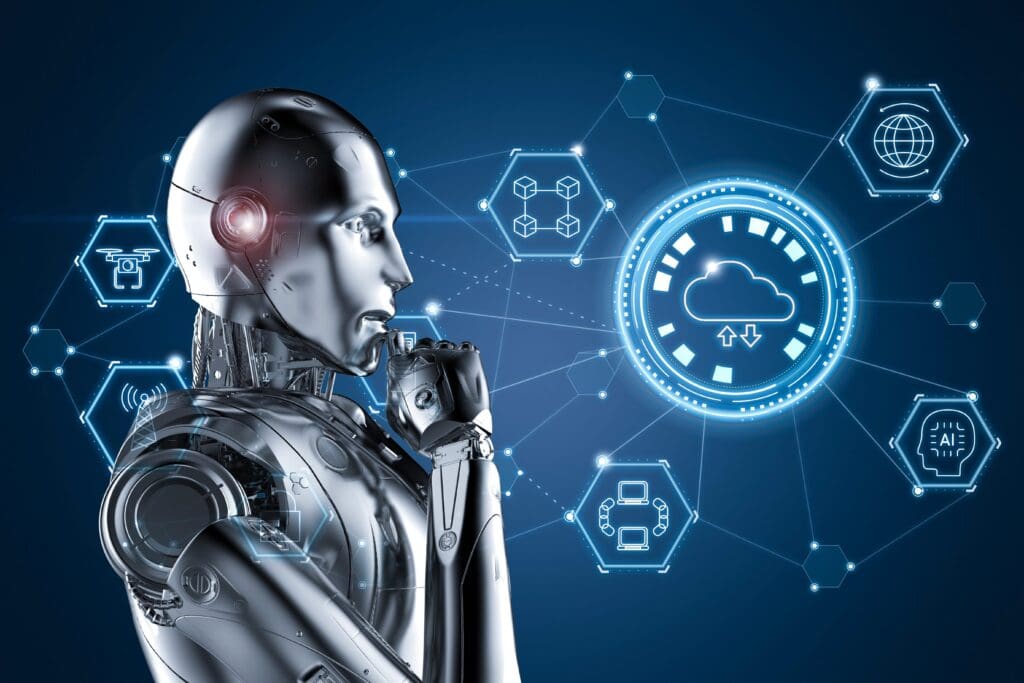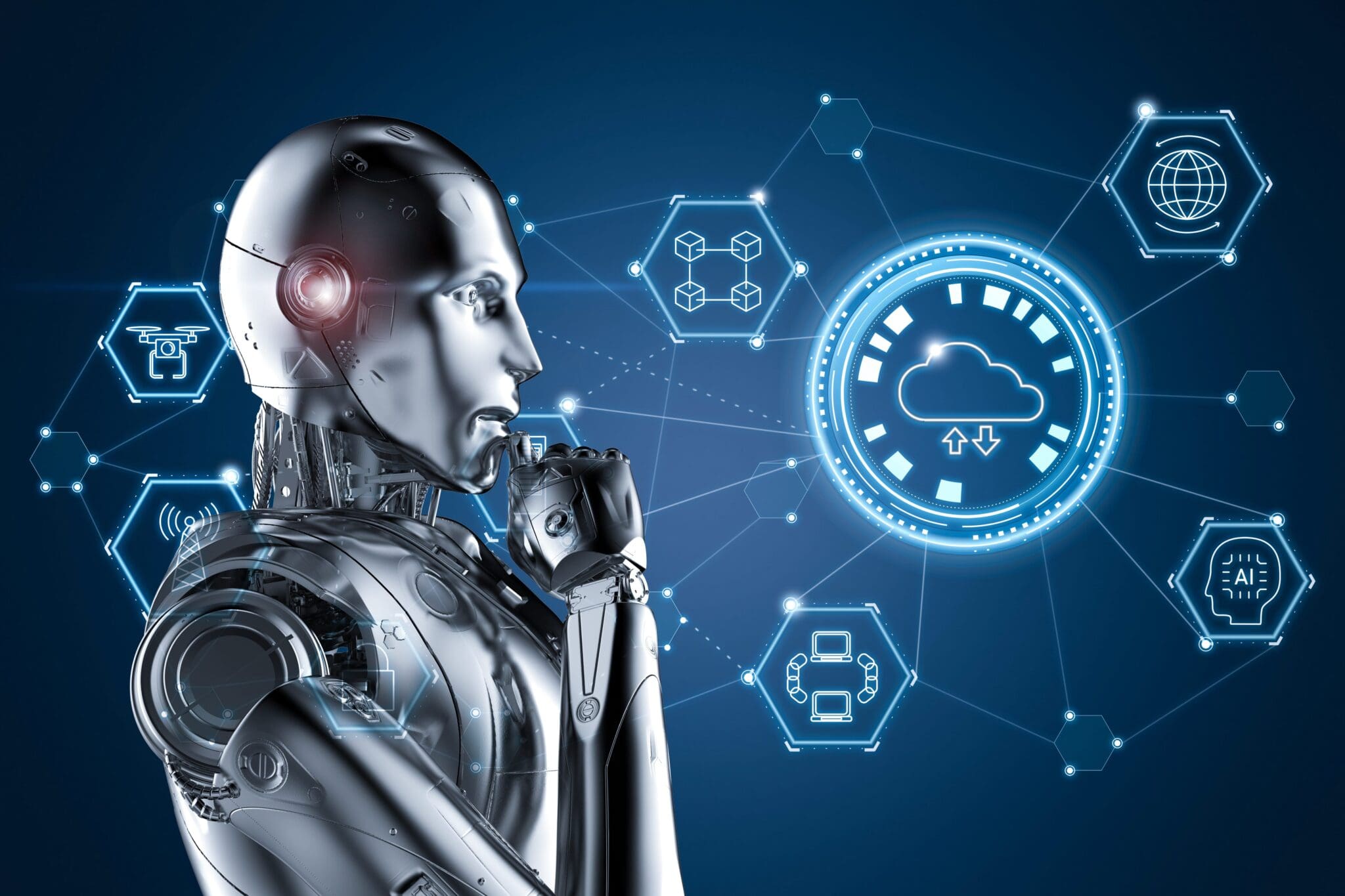Limits and Benefits of Chat and Generative AI in Healthcare

Change a Belief, Change a Behavior – Chatbots + Generative AI Belief Distortion
Forewarned is forearmed. In healthcare activities, the potential for rapidly expanding both science and delivery through the application of generative AI language models seems obvious. But therein lies the danger. Other human traits such as skepticism, curiosity, empiricism, and intellectual integrity are still required.
Human beliefs can form almost instantaneously based on a small subset of available data or acute emotion and persist for hundreds or thousands of years despite all evidence that they are no longer relevant much less correct or useful.
Beliefs drive behaviors. Not so long ago entire disciplines arose to address human behavior change management. Despite there being no reliable or systematic way to accomplish the task, changing beliefs is possibly the fastest way to change behaviors if not also the most difficult.
While many ideas of ways to change human behavior have been tried – from Pavlov forward – we are now facing challenges to prior beliefs or triggering new beliefs and thus behaviors mediated by generative artificial intelligence that comes with the power of accelerated dispersion and exponential acceptance. These model performances are often misinterpreted as exceeding human-level reasoning increasing the risk of transmitting false information.
Generative AI models have enjoyed a hype cycle that in part, at least, is well deserved. With earliest experimentation with ChatGPT and other generative examples came the observations of fabrication and bias by the model, even in the absence of any malevolent forces seeking to push bias or disinformation.
The above observations are expanded in an excellent article, How AI can distort human beliefs authored by Celeste Kidd and Abeda Birhane and published in the June 23, 2023 issue of Science. The full discussion is highly recommended.
People form stronger, longer-lasting beliefs when they receive information from agents that they judge to be confident and knowledgeable. People assign agency and intentionality readily to both inanimate objects as well as ideas and non-existent objects including and maybe especially to ChatGPT. The number of exposures to fabricated information predicts how deeply ingrained belief in that information becomes, so repetitive exposure can become a problem as disinformation is spread and repeated.
A recent study by Spitale, et al. in Sci Adv, June 28, 2023, entitled AI model GPT-3 (dis)informs us better than humans performed an experiment to determine if recruited individuals can distinguish disinformation from accurate information structured in the form of tweets and to determine whether a tweet was written by a Twitter user or by the AI GPT-3 model.
The results revealed that GPT-3 produces accurate information that is easier to understand but also produces more compelling disinformation. Humans could not distinguish between tweets generated by GPT-3 and those written by real Twitter users.
In healthcare, how should we use these new and powerful tools? Like all tools, we have rapidly learned both useful and dangerous applications. Automating rote clerical tasks and assessing data and information more rapidly and completely from electronic records and other sources of clinical and support data are clear examples of usefulness. Another is pattern recognition in reporting or screening laboratory or imaging studies.
Decision support at the point of care has been a long-standing vision of clinicians, but it points up the dangers of inaccurate information that may be readily believed. Sources and uses of data accessed by Chatbots become a critical feature for the deployment of these automation tools.
STAT on June 22, 2023, published a chart assessing the use of generative AI in different digital healthcare tasks published in a report by venture capitalists from GSR Ventures and Maverick Ventures. They assigned in matrix form qualitative relative strength to signs of early adoption vs. visionary stage and technical simplicity vs. technical complexity.
Some examples of digital applications of generative AI already in early adoption are tasks like coding, note-taking, prior authorization, care navigation including patient communication, and data synthesis and summarization.
On the other end of the spectrum are more complex tasks like personalized medicine and genomics, drug discovery, and diagnostics that are further away from adoption.
Clearly, efficiency, accuracy, and access to sources of data that are fit for purpose are required to avoid the pitfalls we are already seeing.
It seems clear in healthcare at least we must proceed with deliberateness and with the same requirements for proof of benefit as we have always used in medicine and healthcare. Belief alone will not be sufficient.


